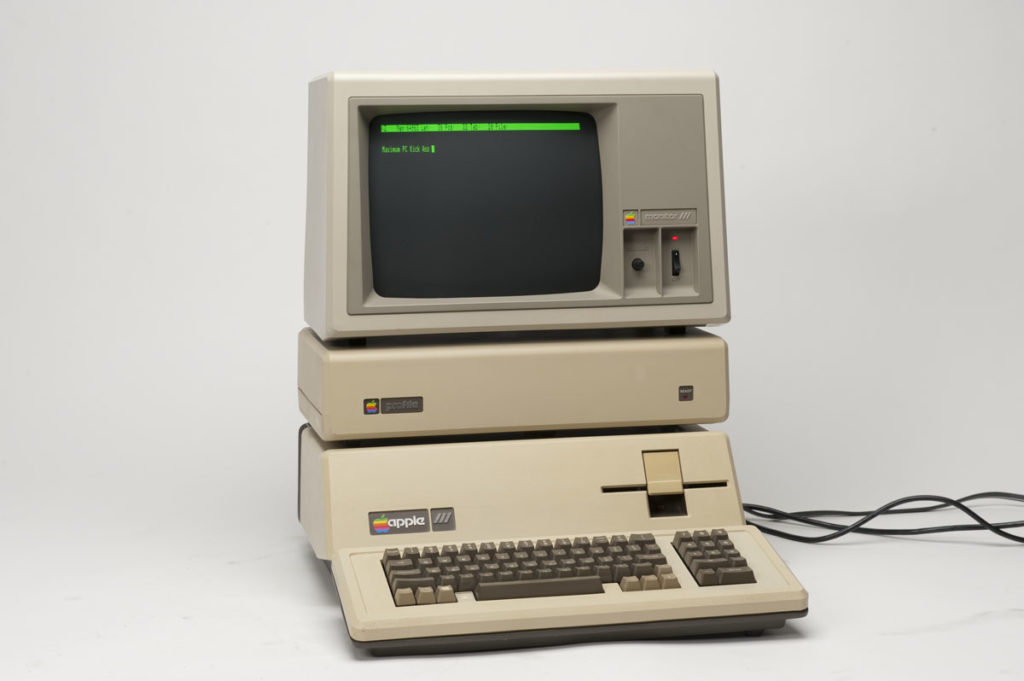Another Buzzword: Blockchain advertising
History. You gotta love it. It repeats itself. Always.
The first home computer was sold in 1977. The first web browser was launched in 1990. The internet space was not … well… very exciting. There was a stigma associated with computers, which stipulated that computer technology was designated exclusively for scientists, military and governments.

Once computers were introduced in 1977, remarkable things began occurring. Progression of the technological space furthered with the launch of the world wide web. We could chat to people from all over the world. We could discuss issues and share interests. For some people, it was a real game changer. Did people ever suspect this enormous piece of equipment will fit in a 5’’ screen. NO.
Well, enough with the history lesson and reminiscing about the beautiful past (yes, I can say that because I grew up without the access to the Internet).
Blockchain
Believe it or not blockchain was introduced in 1991. Initially, it was slow, inefficient and never properly utilised until 2014, when Satoshi Nakamoto introduced blockchain 2.0 (Wikipedia).
The introduction of Blockchain 2.0 was a pivotal moment for technological innovation. It goes above and beyond transactions and exchanges currency without a middle man. Empowered by cryptography, blockchain was created to: decentralise the economy; provide equal opportunity to everyone to join a global economy; provide the solution to social inequality, and protect personal information and digital ID.
Q: How can blockchain technology decentralise the economy?
A: It does not require an approval from a central bank. Many economists would argue it is a ticking timebomb. However, some countries saw the opportunity (Russia has been trading since 2013) and commenced this digital venture. Other countries joined much later, trying to regulate and make it work for bigger institutions.
Q: Does it really provide an equal opportunity?
A: In a way, of course it does. It provides security and does not matter where the you made your coin, you are welcome to join. It does make this place dodgy, but you must also be financially literate to understand the benefits of such trade.
Q: How can it protect personal identity?
A: Well, cryptography is the right answer. It is the bread and butter of the entire structure.
Q: Why would the big four banks invest into cryptocurrency wallets?
A: It is safe, secure and efficient.
Cryptography, cryptocurrency and future of advertising
I am not a developer, but I see where the world is going.
The survey, conducted by a research division of IBM, found that 15% of banks and 14% of financial market institutions intended to implement full-scale, commercial blockchain-based services in 2017. That includes advertising as well.
DECENTRALISATION.
The main principle of blockchain technology is decentralisation. Small and medium businesses should increase their focus towards decentralisation and discover potential avenues. Currently, there are two giant duopolists in the tech market: Google and Facebook. Despite the tales of quality score and quality of the ad copy, the reality is: the stronger the coin, the stronger the correlation between CTR and ROI. Decentralisation will bring a certain level of disruption and help small and medium businesses achieve the best outcome from their advertising at a much smaller price.
A major issue with decentralisation is in the fact that there are only a select few companies offering blockchain advertising services and even they are still in their infancy. It took approximately 20 years for the web to become what it is today. The blockchain has existed for the same amount of time and is only now starting to make sense to everyday users. So, let’s wait and see. However, I can’t wait to see what how blockchain is going to change the face of advertising.
FRAUD.
The greatest benefit from blockchain advertising will be eliminating fraudulent activity and saving billions of dollars. According to a study commissioned by the WPP, “the amount of global advertising revenue wasted on fraudulent traffic, or clicks automatically generated by bots, could reach $16.4 billion in 2017” (Insider). The meaning of transparency – something advertising industry is proud of – is clearly distorted by these numbers and place much pressure on the industry. There are many unanswered questions. Blockchain should be able to solve this issue and eliminate fraud, as all the transactions and trails will be available to the public and common consensus.
An overarching issue with the blockchain at this stage includes its inability to operate at the capacity which digital transactions are occurring. There are billions of transactions (clicks and interactions) happening in one second, while blockchain can process only a thousand of transactions per second.
The future is may be far, but not as far as we think. With investment from a few powerful financial institutions, the way we advertise today will look completely different from tomorrow.
